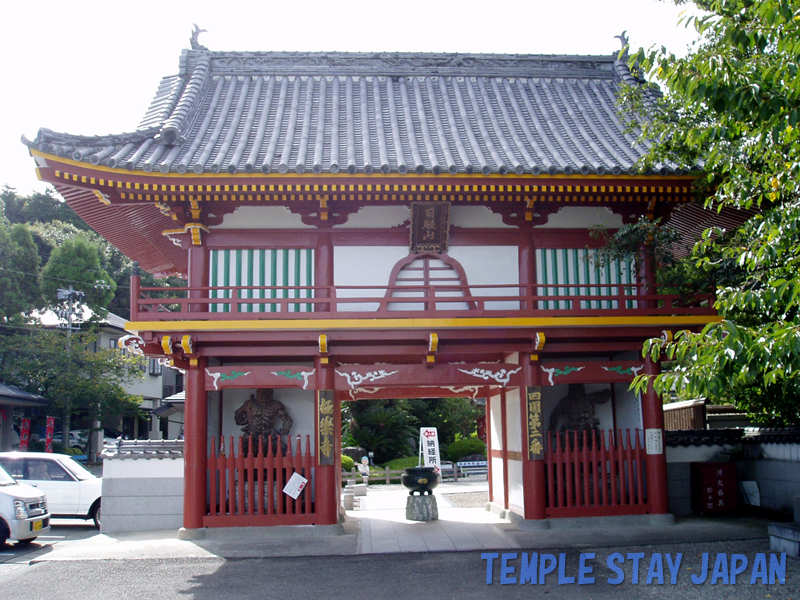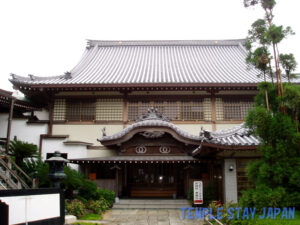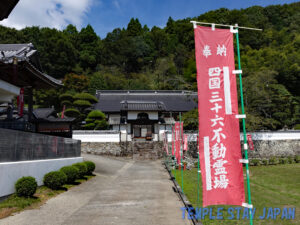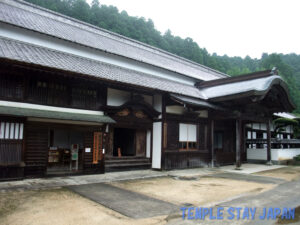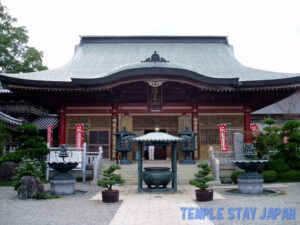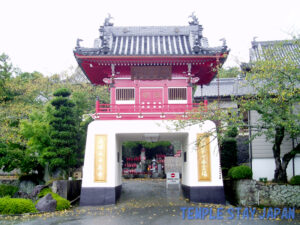Ohenro (pilgrimage)
An Ohenro or pilgrimage is a journey touring the 88 temples (and the exceptional places) where Priest Kukai (Kobo Daishi) pursued his esoteric training in the Shikoku district. It is a unique training style in which people wear white clothes, hold a stick and tour the sacred places, chanting a sutra at each destination.
There are bus tours available now, but the formal style is to tour on foot. I had a week of holiday and toured on foot. (With a week holiday, I was able to visit from 1 to 19. However, even if you end in the middle, if you come again, you are allowed to start from the place where you left off.)
As for the location of the shukubo , it is not far from the 1st stage, Ryozen-ji. If you leave the 1st stage a little past noon, this is an appropriate lodging.
You may be able to stay here without a reservation. In the store in the shukubo , a notice saying “rooms available” was displayed. In fact, the person I shared the room with was staying without a reservation.
We exchanged information on various matters at night. Both of us were doing the pilgrimage on foot, so we encouraged each other about the future journey. I happened to meet him again at the 11th stage. This kind of meeting is one of the charms of the pilgrimage.
Shukubo (temple stay)
On the first day of the pilgrimage, I stayed at a shukubo . The large 12 tatami mat room was equipped with a TV set and a restroom. No yukata robe or towel was provided.
Outside the window, there was a garden. At night, the singing of the autumn insects was pleasing to my ears.
The bath was a hot spring bath and was very comfortable. Inside the shukubo , the pilgrimage goods were sold at a store and beer and other beverages were sold in vending machines.
Although it was not shojin vegetarian cuisine, the meals were tasty home cooking.
Morning memorial service
The morning service lasts for about 15 minutes from 6:00. You are free to participate.
The priest chants the Heart Sutra and you will learn how the pilgrimage started in his sermon. The Heart Sutra is the one that you are supposed to chant at every temple you visit on the pilgrimage, so you should learn the rhythm of chanting sutra by heart.
The principal image, a wooden statue of sitting Amida Nyorai was made in the Heian period. It is designated as an important cultural asset. However, it is a hidden Buddha and you cannot see it. There is a beautiful garden in the precinct.
